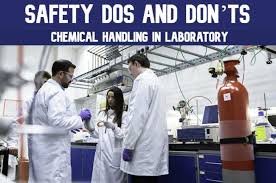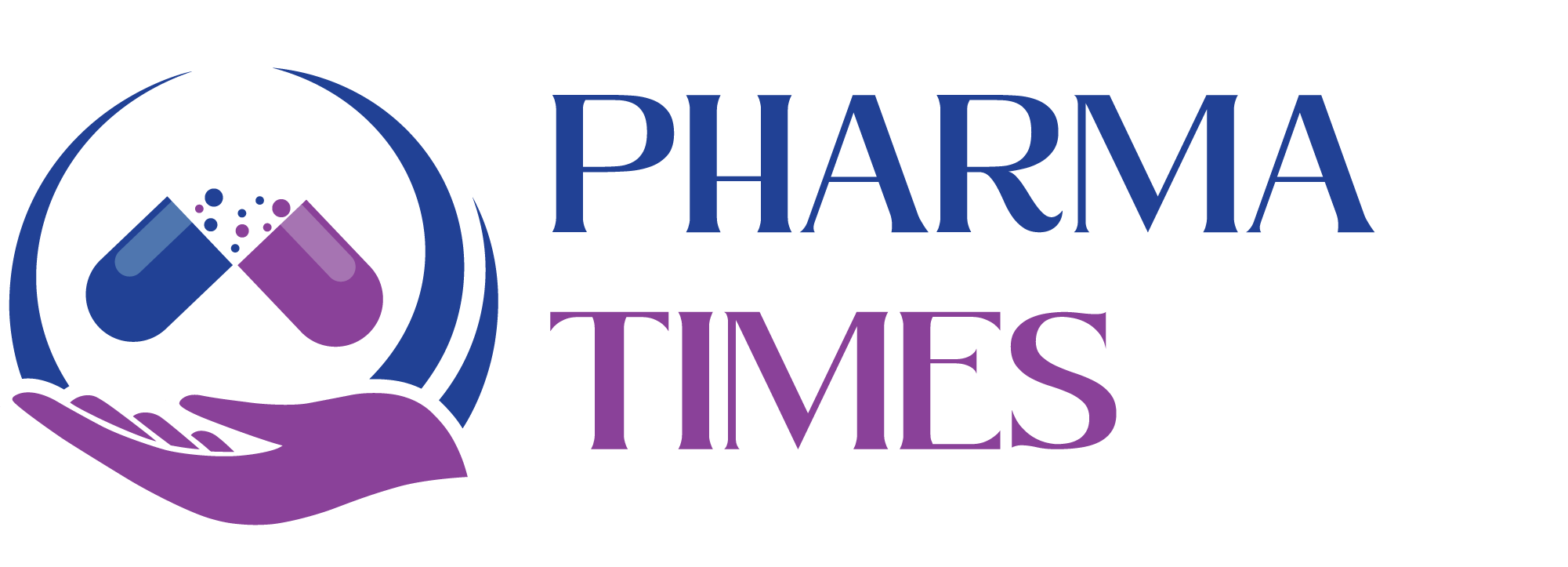What are some best practices for safely handling hazardous chemicals in a laboratory setting?

When handling hazardous chemicals in a laboratory setting, safety is paramount to protect yourself, colleagues, and the environment. Below are some key best practices for safely working with hazardous chemicals in the lab:
1. Understand the Chemical Properties
-
Know Your Chemicals: Before handling any hazardous chemical, thoroughly review its safety data sheet (SDS). This will provide essential information such as toxicity, flammability, reactivity, and specific precautions to take.
-
Know the Hazard Classes: Be aware of the chemical’s hazard class (e.g., corrosive, flammable, toxic, carcinogenic) to prepare for the appropriate handling, storage, and disposal procedures.
2. Wear Proper Personal Protective Equipment (PPE)
-
Gloves: Always wear gloves appropriate for the chemical you’re working with. Nitrile gloves are a good general choice, but some chemicals may require specific types like neoprene or latex.
-
Lab Coat: Wear a flame-resistant lab coat or apron to protect your skin and clothing from spills or splashes.
-
Eye Protection: Safety goggles or face shields should be worn at all times, especially when working with chemicals that can cause eye injury.
-
Respiratory Protection: For chemicals that produce fumes or vapors, use a fume hood or wear an appropriate respirator if necessary.
3. Work in Well-Ventilated Areas
-
Fume Hoods: Always conduct experiments involving volatile or harmful chemicals inside a fume hood, which helps remove toxic fumes and vapors.
-
Proper Ventilation: Ensure that the lab has proper air circulation to reduce the accumulation of fumes, especially when working with gases or volatile liquids.
4. Use Proper Containers and Labeling
-
Appropriate Containers: Always use containers that are specifically designed for the chemicals you’re working with. Ensure that they are in good condition and that they are correctly labeled.
-
Labeling: Ensure all containers are labeled with the correct chemical name, concentration, and hazard warnings. Labeling helps prevent accidental misuse and ensures safe handling by others.
5. Follow Correct Handling Procedures
-
Handling Corrosives: When dealing with corrosive chemicals, use appropriate tools (e.g., tongs, scoops) to minimize direct contact. Always add acid to water, not the other way around.
-
Avoid Mixing Incompatible Chemicals: Some chemicals can react violently when mixed. Always check compatibility before combining substances.
-
Use Small Quantities: Only use the smallest amount of a hazardous chemical that is necessary for the experiment.
6. Proper Storage and Segregation
-
Storage Guidelines: Store chemicals in well-ventilated areas according to their specific requirements (e.g., flammable chemicals in flame-proof cabinets, acids in corrosion-resistant cabinets).
-
Segregation: Store incompatible chemicals away from each other. For example, keep oxidizers away from flammables, and acids away from bases.
7. Have Spill Containment and Cleanup Materials
-
Spill Kits: Always have an appropriate spill kit accessible, with materials for containing and cleaning up chemical spills. Ensure that you know how to use the kit.
-
Neutralizing Agents: For some chemicals, neutralizing agents may be required to safely clean up spills. Ensure you are familiar with these agents and their proper use.
8. Emergency Procedures and First Aid
-
Know Emergency Exits: Familiarize yourself with the nearest emergency exits, fire extinguishers, eyewash stations, and safety showers.
-
Eyewash and Safety Showers: In case of chemical exposure to the eyes or skin, immediately flush with water for at least 15 minutes. Know the location of these stations and how to use them.
-
First Aid: Understand basic first aid measures for chemical exposure, such as how to treat chemical burns, inhalation, or ingestion. Always report accidents to the lab supervisor.
9. Maintain Cleanliness and Organization
-
Clean as You Go: Always clean up spills or chemical residues immediately to prevent cross-contamination or dangerous reactions.
-
Organize Equipment: Keep workspaces tidy and free of unnecessary items. A cluttered lab increases the risk of accidents.
10. Training and Supervision
-
Lab Safety Training: Regularly participate in safety training courses. Labs should ensure that all staff and students are aware of proper chemical handling protocols.
-
Supervision: New or inexperienced lab workers should be supervised when handling hazardous chemicals until they are adequately trained.
11. Proper Disposal of Hazardous Waste
-
Know Disposal Procedures: Always dispose of chemicals and waste according to lab protocols and regulations. Never pour chemicals down the drain unless instructed to do so.
-
Use Appropriate Containers: Waste should be disposed of in properly labeled containers that are compatible with the type of waste being disposed of (e.g., halogenated solvents, non-halogenated solvents).
By following these practices, you can significantly reduce the risk of accidents and create a safer laboratory environment for everyone.
🎓 Discover one of the best Quality Assurance courses available — click below to explore the course that’s shaping future QA skills.

